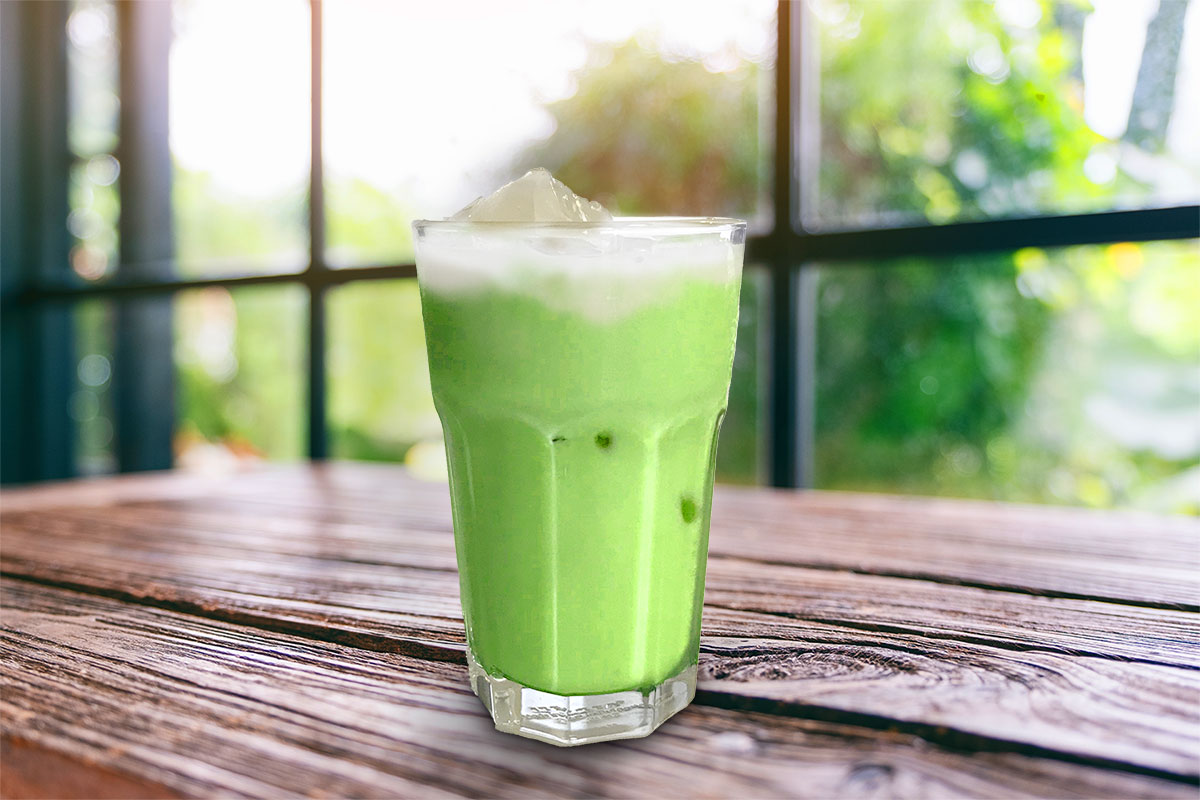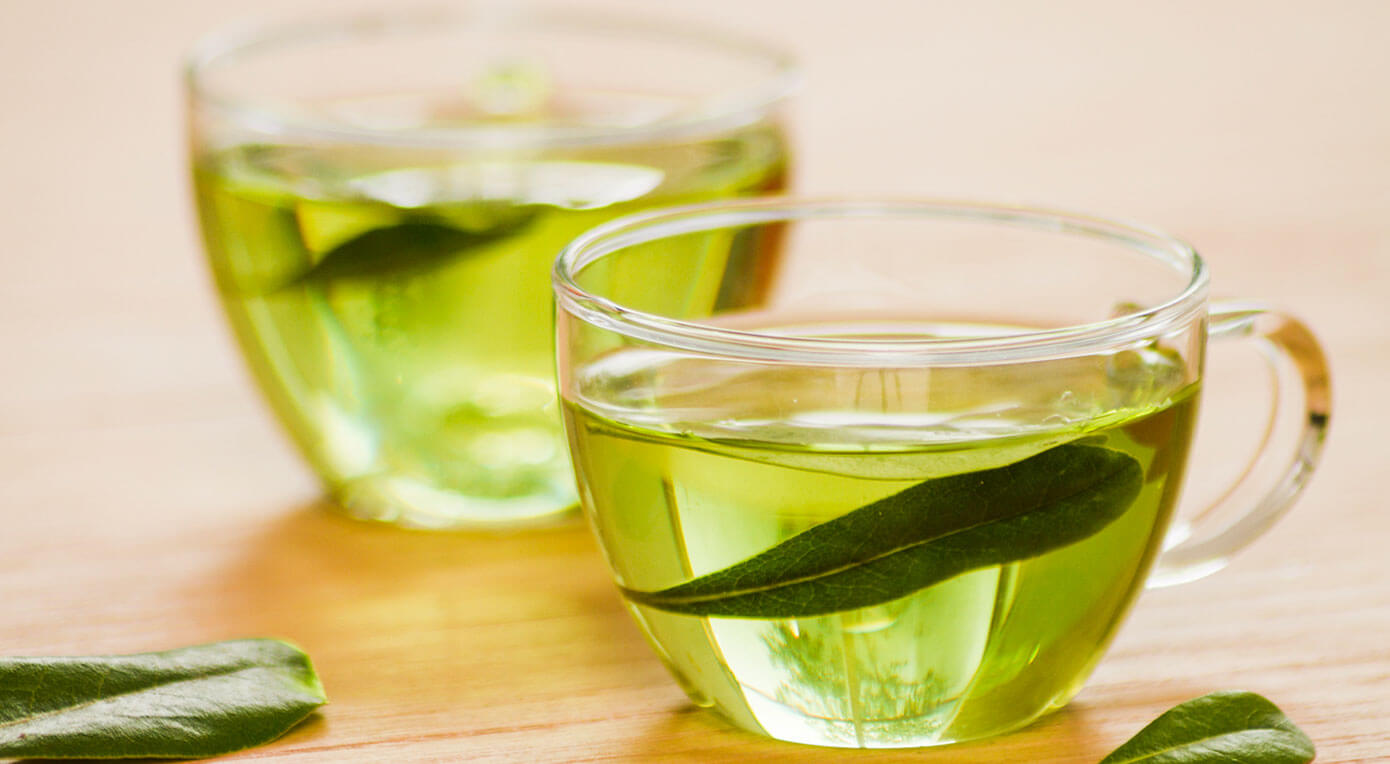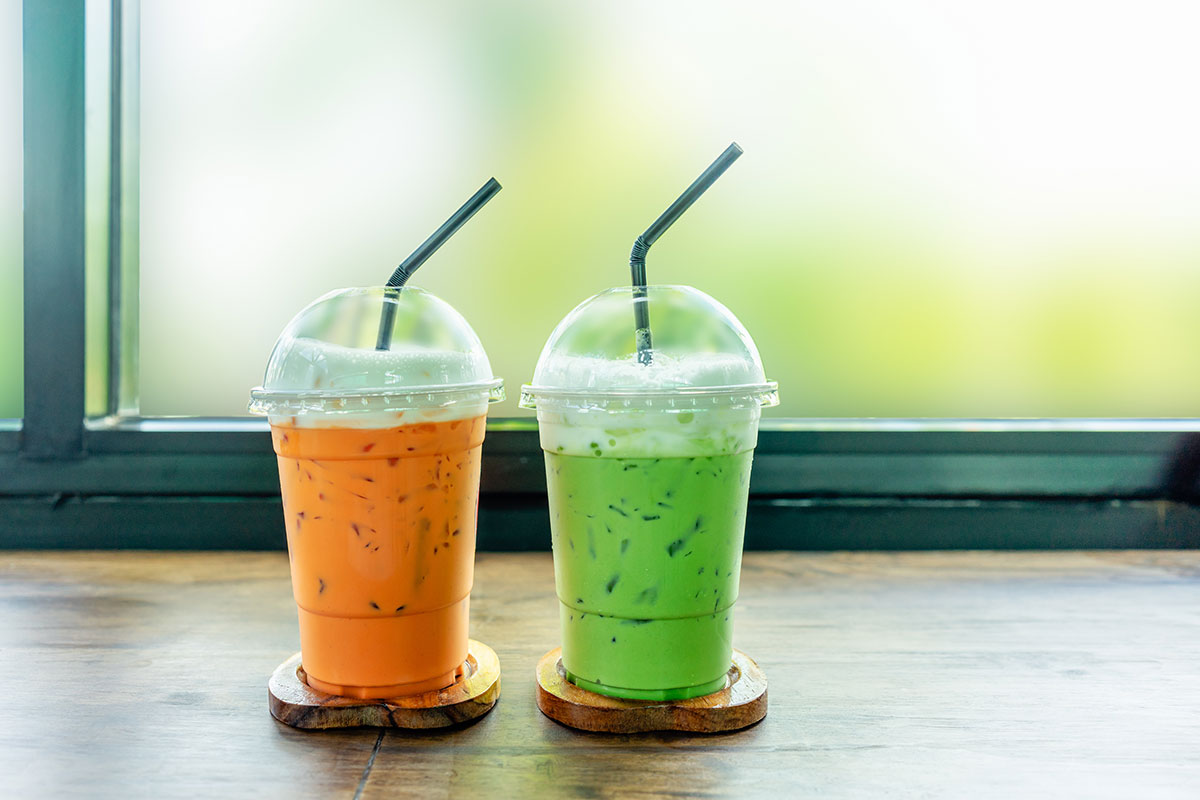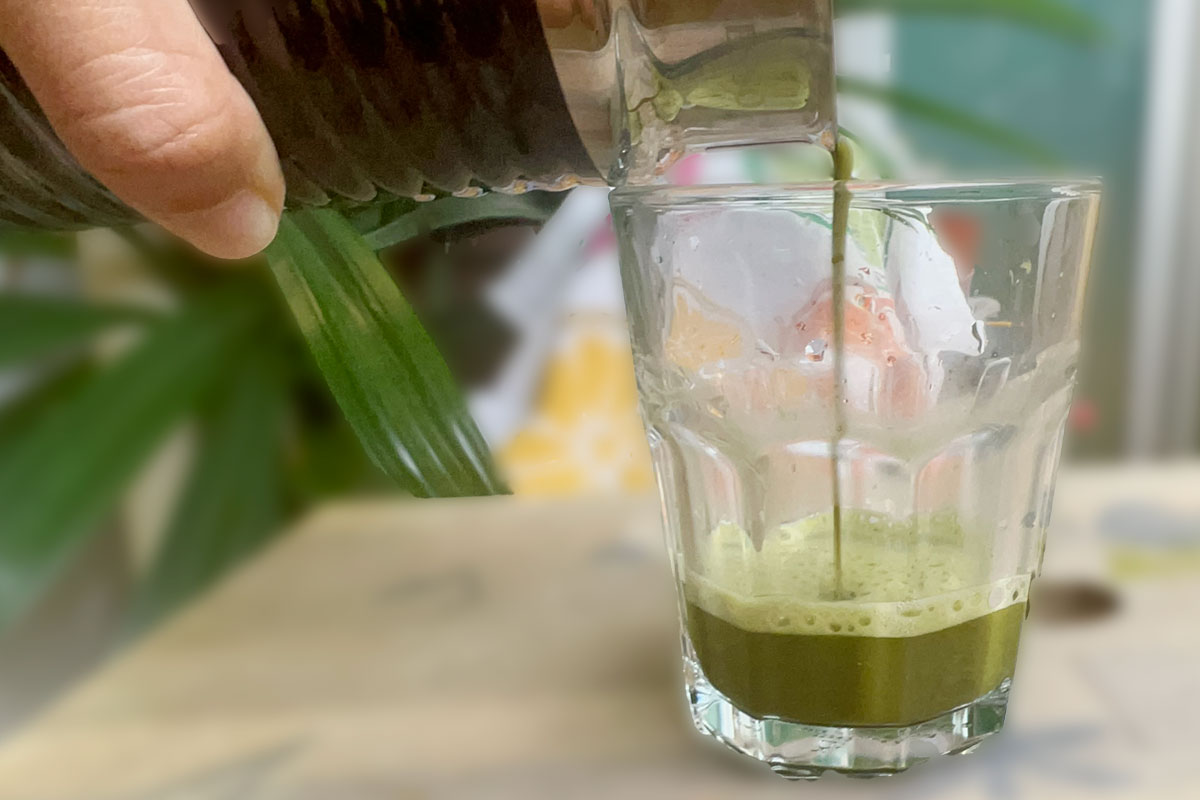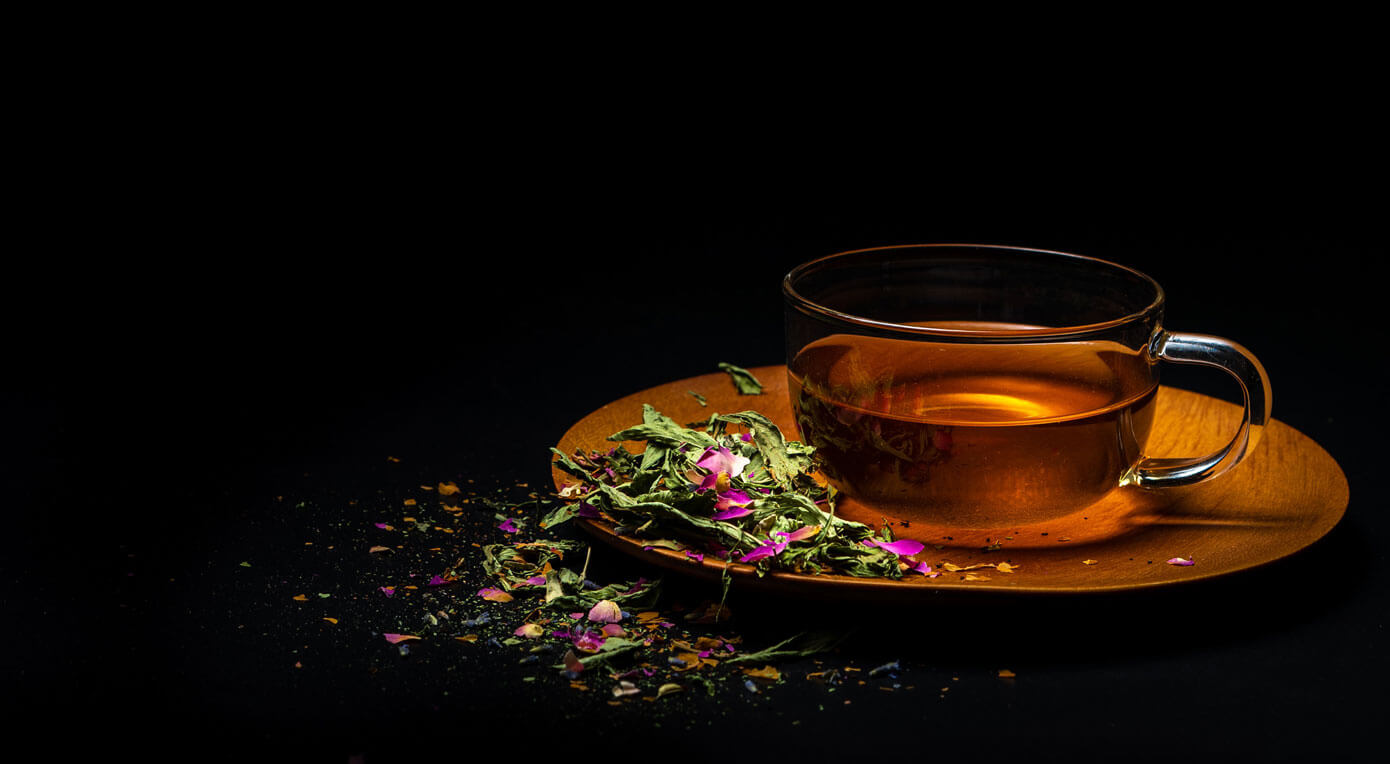
This website contains affiliate links. As an Amazon affiliate, I earn from qualifying purchases (What’s This?).
There’s something extraordinary about sipping a warm cup of mamaki tea. This traditional Hawaiian herbal tea has been cherished for centuries, not only for its earthy, natural sweetness but also for the wide range of benefits it offers.
From its role in Hawaiian culture to its modern recognition as a powerhouse of antioxidants, mamaki carries with it a legacy of healing and wellness.
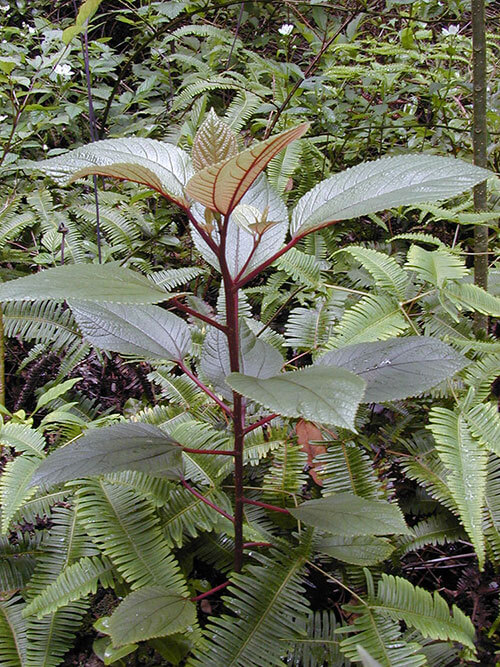
In this guide, I’ll walk you through everything you need to know about mamaki tea, what it is, how to brew it, and the health benefits of māmaki that make it a true gift from the Hawaiian islands.
What Is Mamaki Tea and Why Is It Special?
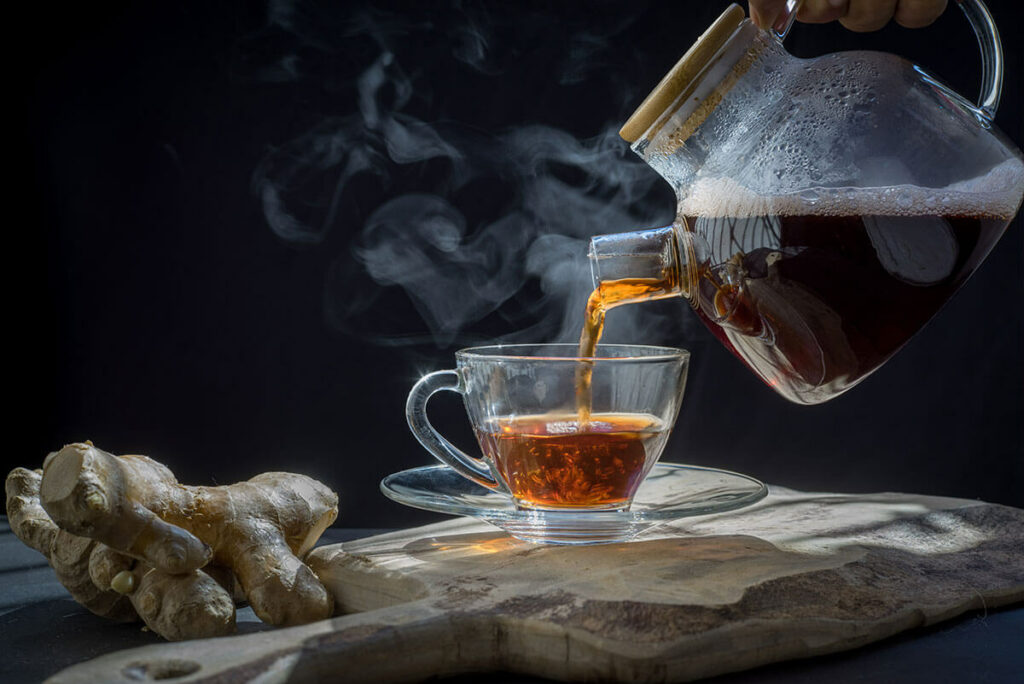
Mamaki tea is made from the leaves of the pipturus albidus plant, a native Hawaiian plant that’s endemic to the Hawaiian Islands.
Known as māmaki, this remarkable Hawaiian plant has been valued for generations. Unlike black tea or green tea, which come from the Camellia sinensis plant, māmaki tea leaves are caffeine-free and deeply rooted in traditional Hawaiian healing practices.
Native Hawaiians have used mamaki leaves for centuries in traditional Hawaiian herbal tea preparations, praising the restorative benefits and the healing properties that support overall wellness.
The leaves are packed with antioxidants and flavonoids, providing several health benefits that align beautifully with modern health needs.
What makes mamaki tea truly unique is that it’s endemic, it grows only in Hawaii, thriving especially on the Big Island, where volcanic soil and rainforest ecosystems create the perfect environment.
Each sip feels like a connection to the land, the culture, and the wisdom of native Hawaiians.
How Do You Brew Mamaki Tea for the Best Flavor?

To brew mamaki tea is to enjoy a ritual. Traditionally, the tea is made using dried mamaki leaves, which are steeped in hot water until the flavors fully infuse.
You can also brew mamaki tea with fresh mamaki leaves if you’re lucky enough to grow mamaki at home or visit a Hawaiian farm.
The process is simple:
- Place a handful of dried leaves or loose leaf mamaki into a pot or cup.
- Boil a pot of water and pour it over the leaves.
- Allow it to steep for 5–10 minutes for a lighter flavor, or up to 20 minutes for a stronger brew.
The result is an earthy yet naturally sweet infusion. It’s worth noting that tea made from māmaki leaves contains no caffeine, so it’s gentle enough to drink any time of day. You can even enjoy it as iced tea on a warm afternoon.
What Are the Health Benefits of Mamaki Tea?
The health benefits of māmaki are both traditional and modern. In traditional Hawaiian healing, mamaki was used for its medicinal properties, believed to support cardiovascular health, digestion, and overall vitality.
Modern studies have found that māmaki leaves contain catechin and rutin, compounds also found in green tea. They are great for health thanks to their antioxidant and anti-inflammatory effects.
These compounds can help reduce chronic inflammation, support high blood pressure management, and improve cardiovascular health.
Drinking mamaki tea regularly may also provide restorative benefits for the immune system and general wellness. The wide range of benefits makes it a natural ally for anyone looking to maximize health benefits through a simple, daily ritual.
How Do Antioxidants in Māmaki Support Wellness?
One of the reasons mamaki has gained recognition in modern health circles is because of its strong antioxidant profile. Antioxidants help to fight oxidative stress in the body, helping to protect cells from damage.
Māmaki leaves contain catechin and other polyphenols found in green tea, giving the tea anti-inflammatory properties.
These antioxidants are believed to help with chronic inflammation, support cardiovascular health, and even contribute to anti-aging effects.
The effects of māmaki are subtle yet powerful, working gently over time as part of a balanced lifestyle.
Many people find that incorporating organic mamaki tea into their daily routine is an enjoyable way to care for both body and mind.
What Is the Cultural Importance of Mamaki in Hawaiian Tradition?
For native Hawaiians, mamaki tea is more than a beverage, it’s part of Hawaiian culture. As a member of the nettle family (urticaceae), the mamaki plant has been used in weaving, medicine, and even spiritual practices.
In traditional Hawaiian healing, māmaki leaves were prepared into tea or poultices to support wellness. It was viewed as a plant of strength, carrying healing properties that connected the people with the land.
Today, mamaki continues to hold cultural significance, reminding us that healing isn’t just physical, it’s also spiritual and cultural. To sip mamaki tea is to honor generations of wisdom and to participate in traditional Hawaiian herbal tea rituals.
Where Does Mamaki Grow and Why Is the Big Island Famous for It?
The mamaki plant is endemic to the Hawaiian Islands, meaning it grows nowhere else in the world. The Big Island, with its lush rainforests and volcanic soil, provides an especially rich environment for māmaki plants to thrive.
In recent years, efforts to grow mamaki have also become part of a role in rainforest restoration efforts.
Farms that cultivate māmaki plants often focus on regenerative practices, supporting biodiversity and restoring native ecosystems. Some farms even emphasize that their tea is pesticide-free, giving you a pure and natural experience.
Whether harvested as fresh leaves or dried mamaki leaves, the connection between the land and the cup is unmistakable.
Every sip brings a sense of place—an earthy reminder of the volcanic Hawaiian soil and the unique ecosystems that sustain the mamaki plant.
How Do You Use Mamaki in Everyday Life?
You can use mamaki in several ways, though the most common is brewing tea. Loose leaf and dried leaves are widely available, often marketed as organic mamaki tea.
Some people also incorporate mamaki into blends with other herbs or enjoy it alongside green tea or Kenyan black tea for layered flavors. Its natural sweetness makes it versatile, perfect on its own or as a base for iced tea.
The leaves of the pipturus albidus can also be used in traditional tea preparations or steeped as part of modern herbal wellness blends. With its wide range of benefits, mamaki feels at home in both Hawaiian culture and modern health routines.
What Compounds Are Found in Māmaki Leaves?
Researchers have found that māmaki leaves contain rutin, catechin, and other beneficial compounds. These flavonoids are known for their healing properties and anti-inflammatory effects.
What’s remarkable is how the māmaki leaves contain compounds similar to those found in green tea, yet the overall effects are gentler and caffeine-free. The leaves are packed with nutrients and subtle flavors that make them both medicinal and enjoyable.
In fact, it has been found that māmaki tea leaves also carry restorative benefits for those managing high blood pressure or seeking anti-inflammatory support.
The combination of flavonoids and antioxidants gives māmaki its reputation as a powerful yet gentle herbal tea.
Can You Grow Mamaki at Home?
Yes, you can grow mamaki, especially if you live in Hawaii or a similar subtropical environment. The māmaki plant thrives in shaded, moist areas, much like the rainforests it is native to.
Growing māmaki not only provides a personal supply of fresh leaves but also contributes to preserving this Hawaiian native species. For those outside Hawaii, dried mamaki leaves or loose leaf tea are excellent ways to experience the tea.
Supporting farms that grow mamaki on a regenerative rainforest model also helps sustain ecosystems while bringing the restorative benefits of this traditional tea into your daily life.
How Does Mamaki Compare to Other Teas?
Mamaki tea is different from black tea or green tea because it is naturally caffeine-free and uniquely endemic to Hawaii.
While black tea and green tea are global staples, mamaki offers something distinct, an herbal, earthy flavor with a natural sweetness.
For those who love green tea but want a caffeine-free alternative, mamaki is an excellent choice. It shares some of the same compounds, like catechin, found in green tea, but the experience is smoother and more relaxing.
Compared to Kenyan black tea or other bold teas, mamaki offers a gentler flavor profile. It’s a traditional tea that stands apart, offering both cultural richness and modern health benefits.
What Are the Healing and Medicinal Qualities of Mamaki?
Mamaki has long been associated with healing properties in Hawaiian culture. Its medicinal uses included soothing digestion, supporting cardiovascular health, and balancing the body’s energy.
Modern research highlights the anti-inflammatory properties of māmaki, which may help manage chronic inflammation and improve cardiovascular health. The restorative benefits of the tea make it particularly supportive for modern health challenges.
As a traditional Hawaiian herbal tea, mamaki continues to offer a gentle yet powerful way to nurture the body. Whether enjoyed daily or used for specific health goals, it’s clear why the benefits of māmaki tea remain valued today.
Final Thoughts: Why Mamaki Tea Deserves a Place in Your Cup
Mamaki tea is more than a drink, it’s a tradition, a cultural treasure, and a modern wellness ally. Endemic to the Hawaiian Islands, this herbal tea bridges the wisdom of native Hawaiians with the needs of today’s world. With its antioxidants, restorative benefits, and natural sweetness, it’s easy to see why mamaki has earned its place as a beloved herbal infusion.
Key Points to Remember:
- Mamaki tea is made from the leaves of the pipturus albidus, a native Hawaiian plant.
- The tea is endemic to the Hawaiian Islands, especially thriving on the Big Island.
- It’s caffeine-free, naturally sweet, and earthy—perfect for daily enjoyment.
- Native Hawaiians have used mamaki for centuries in traditional Hawaiian healing.
- Modern studies show māmaki leaves contain catechin, rutin, and other antioxidants.
- Benefits of māmaki include anti-inflammatory effects, cardiovascular support, and restorative benefits.
- You can brew mamaki tea from dried leaves, loose leaf, or fresh leaves.
- Organic mamaki tea is often grown on regenerative rainforests, connecting land and health.
- Compared to black tea or green tea, mamaki is gentler, caffeine-free, and uniquely Hawaiian.
- Adding mamaki tea to your wellness routine brings both healing properties and a cultural connection to Hawaii.
This website contains affiliate links. As an Amazon affiliate, I earn from qualifying purchases (What’s This?).
